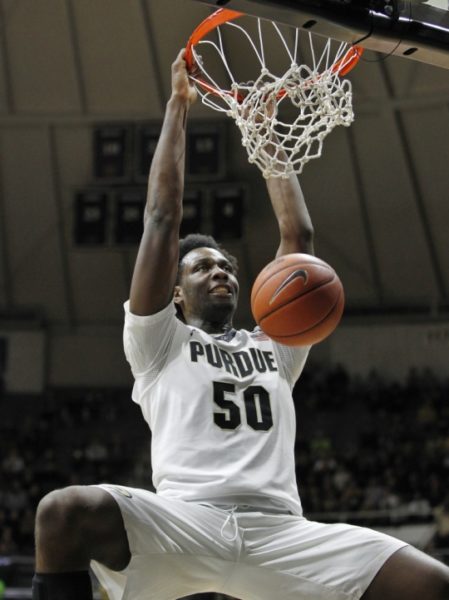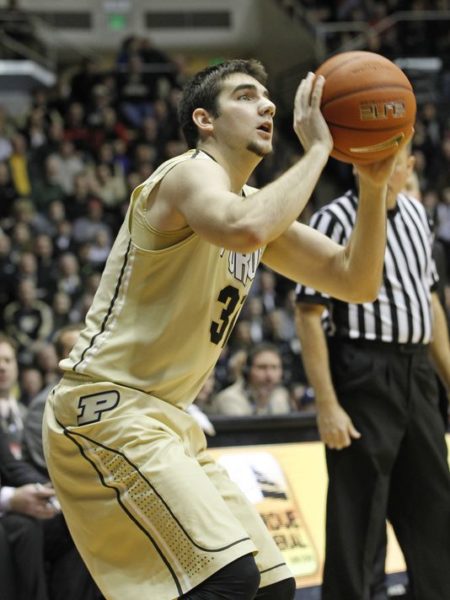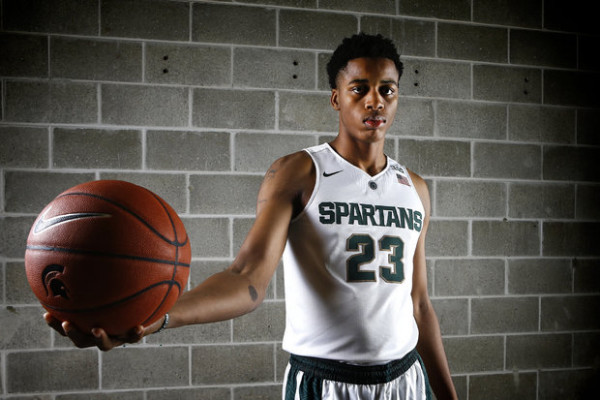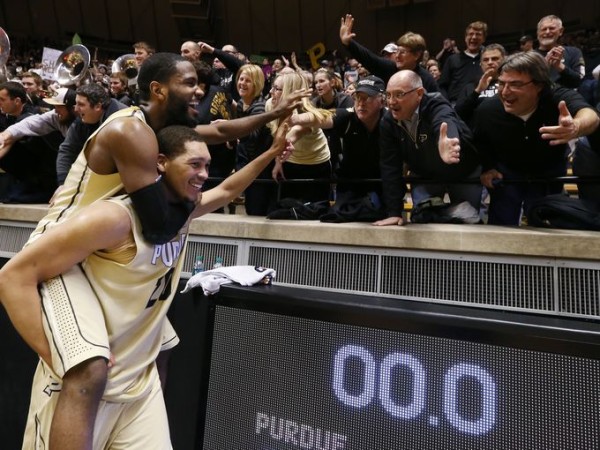Evaluating Purdue’s Shooting Against Recent Big Ten Teams
Posted by Brendan Brody on January 19th, 2017As recently as the 2012-13 season, Purdue ranked among the bottom 100 teams nationally (253rd) in three-point shooting. As the team’s perimeter marksmanship has steadily improved since hitting a low point of 32.7 percent the following season, the Boilermakers’ record has tracked correspondingly. Now, at the midpoint of the 2016-17 campaign, Matt Painter’s team is shooting a scorching 40.6 percent from behind the arc, already making 10 or more threes in seven games this season. If Purdue’s hot shooting continues, it has a chance to become one of the best deep shooting teams in the Big Ten over the last five years. How do the Boilermakers compare with the best in the league over this time span? And what does it mean as we slowly turn the corner toward March?
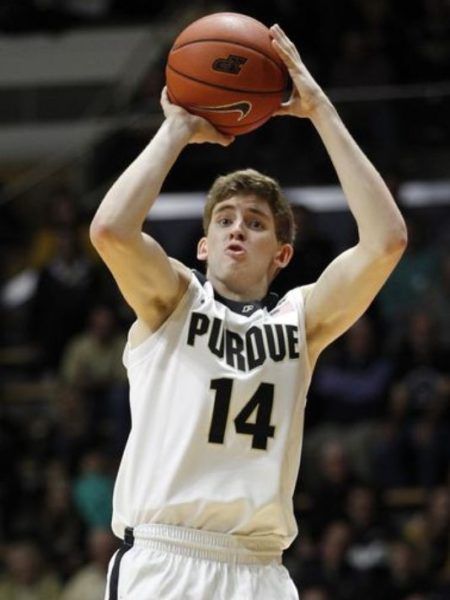
Ryan Cline is one of five Purdue players connecting on over 40 percent from the three-point line. (John Terhune, Journal &Courier).
For the sake of this exercise, three components were analyzed: team three-point percentage; team effective field goal percentage; and the number of players shooting over 40 percent who make at least one three-pointer per game. Ten Big Ten teams have made at least 37.9 percent of their three-point shots since the 2012-13 season. The best of the bunch was last season’s Michigan State squad at 43.4 percent, which led the nation. Purdue’s marksmanship so far this season ties for third. From an eFG perspective, last year’s Indiana team led the nation (58.7%), while Purdue’s 57.0 percent through 19 games comes in behind the Hoosiers. Finally, that same group from Indiana boasted five excellent shooters, as do this year’s Boilermakers. In the aggregate, Purdue finishes no worse than third in any of these metrics, which means that if it maintains the pace, it should definitely be mentioned as one of the best shooting teams in the Big Ten over the last five years. Here’s a look at the data.
- Indiana 2012-13: (40.3% 3FG, 54.8% eFG, Watford 48.4%, Hulls 44.4%, Oladipo 44.1%)
- Michigan 2012-13: (37.9% 3FG, 54.6% eFG, Stauskas 44.0%)
- Michigan 2013-14: (40.2 3FG, 55.7% eFG, Stauskas 44.2%, Irvin 42.5%, Walton 41.0%, LeVert 40.8%)
- Michigan State 2013-14: (39.2% 3FG, 54.5% eFG, Kaminski 49.4%, Trice 43.4%, Payne 42.3%)
- Indiana 2014-15: (40.6% 3FG, 54.4% eFG, Hartman 47.5%, Zeisloft 45.0%, Ferrell 41.6%)





























